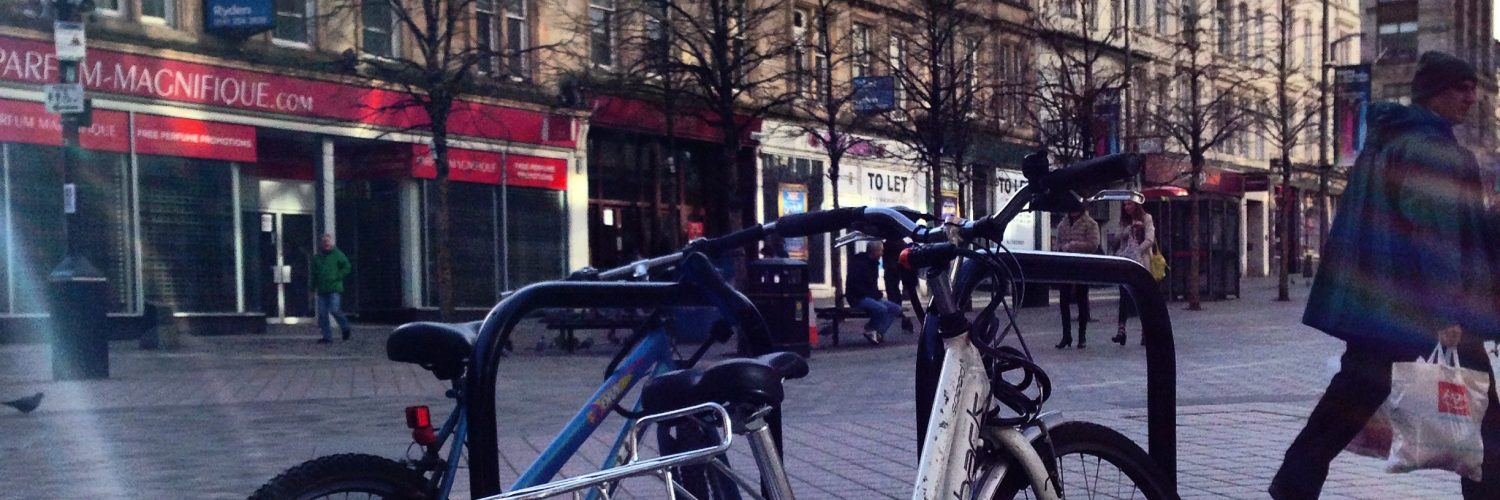Place
Postei recentemente sobre Role Play Games no Parc Mont-Royal e sobre o uso de redes wi-fi no parc La Fontaine, ambos em Montreal. Na o casião, ressaltava o novo sentido dos lugares (os parques) com o jogo e com o acesso a redes sem fio. Lendo o interessante artigo Reflecting on the Past, Speculating the Future: Feminist Interventions in Locative Media de Andrea Zeffiro na “.dpi: la revue électronique du StudioXX”, sobre o pervasive computacional game, Hauting (um caça fantasmas com GPS e celular), destaco a seguinte passagem sobre função do lugar e o processo de espacialização em jogo com as míidias locativas:

Illustration: R. Fenwick, Co&Co Design
Processo de construção do jogo
“The Haunting team – regardless of one’s task in the production process, the day of the week or forecast – visited the park weekly. At first, this involved exploring the space and mapping trails, observing the seasonal activities carried out by park visitors, and testing the various mobile devices for reception and range. As the team focused more intently on production, testing was held in the evening, given that the game was to be installed after sunset, and the focus shifted towards content development and debugging. The in-situ fieldwork enabled the team to confront challenges that might have not been apparent had production occurred solely in the lab. For instance, documentation was compromised in the winter because of batteries dying in extreme cold and due to the sheer challenge of gripping small technologies with gloved hands (Sawchuk 2007). These findings, given the technologies employed in game play, suggested that the winter was not an optimal season for locative media experiences. In addition, fieldwork was less welcome by park users in the winter as ‘trail work’ interfered with cross country skiing paths.”
Nova Heterotopia
“However, this link to the local was not merely in terms of physical space. Rather, the project itself and those who were part of it were not merely accountable to the various groups and individuals sharing the space; it was also a question of negotiating the past (history of the area) with the present (present context of the park and the creation of the game), particularly in terms of content development. This meant a significant investment with the non-technological realm. While the technological component to The Haunting was significant in the evolution of the game, the technology became secondary or even, as a means of augmenting the social and cultural dimension of the park. And this is, I think, the strength of the project.”
